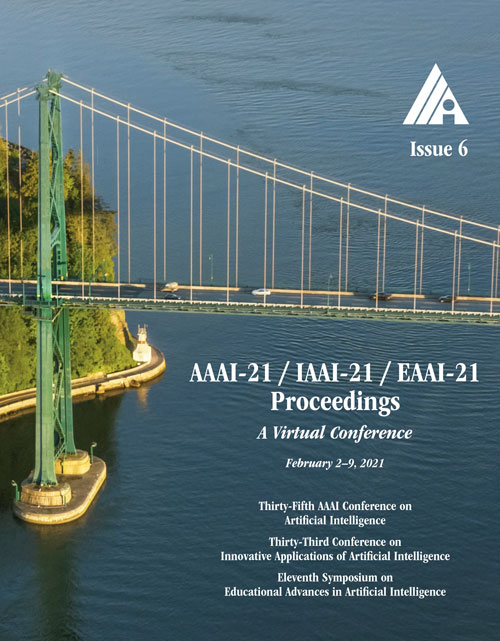Savable but Lost Lives when ICU Is Overloaded: a Model from 733 Patients in Epicenter Wuhan, China
DOI:
https://doi.org/10.1609/aaai.v35i6.16612Keywords:
AI Responses to the COVID-19 Pandemic (Covid19)Abstract
Coronavirus Disease 2019 (COVID-19) causes a sudden turnover to bad at some checkpoints and thus needs the intervention of intensive care unit (ICU). This resulted in urgent and large needs of ICUs posed great risks to the medical system. Estimating the mortality of critical in-patients who were not admitted into the ICU will be valuable to optimize the management and assignment of ICU. Retrospective, 733 in-patients diagnosed with COVID-19 at a local hospital (Wuhan, China), as of March 18, 2020. Demographic, clinical and laboratory results were collected and analyzed using machine learning to build a predictive model. Considering the shortage of ICU beds at the beginning of disease emergence, we defined the mortality for those patients who were predicted to be in needing ICU care yet they did not as Missing-ICU (MI)-mortality. To estimate MI-mortality, a prognostic classification model was built to identify the in-patients who may need ICU care. Its predictive accuracy was 0.8288, with an AUC of 0.9119. On our cohort of 733 patients, 25 in-patients who have been predicted by our model that they should need ICU, yet they did not enter ICU due to lack of shorting ICU wards. Our analysis had shown that the MI-mortality is 41%, yet the mortality of ICU is 32%, implying that enough bed of ICU in treating patients in critical conditions.Downloads
Published
2021-05-18
How to Cite
Dan, T., Li, Y., Zhu, Z., Chen, X., Quan, W., Hu, Y., Tao, G., Zhu, L., Zhu, J., Cai, H., & Wen, H. (2021). Savable but Lost Lives when ICU Is Overloaded: a Model from 733 Patients in Epicenter Wuhan, China. Proceedings of the AAAI Conference on Artificial Intelligence, 35(6), 4804-4811. https://doi.org/10.1609/aaai.v35i6.16612
Issue
Section
AAAI Technical Track Focus Area on AI Responses to the COVID-19 Pandemic

